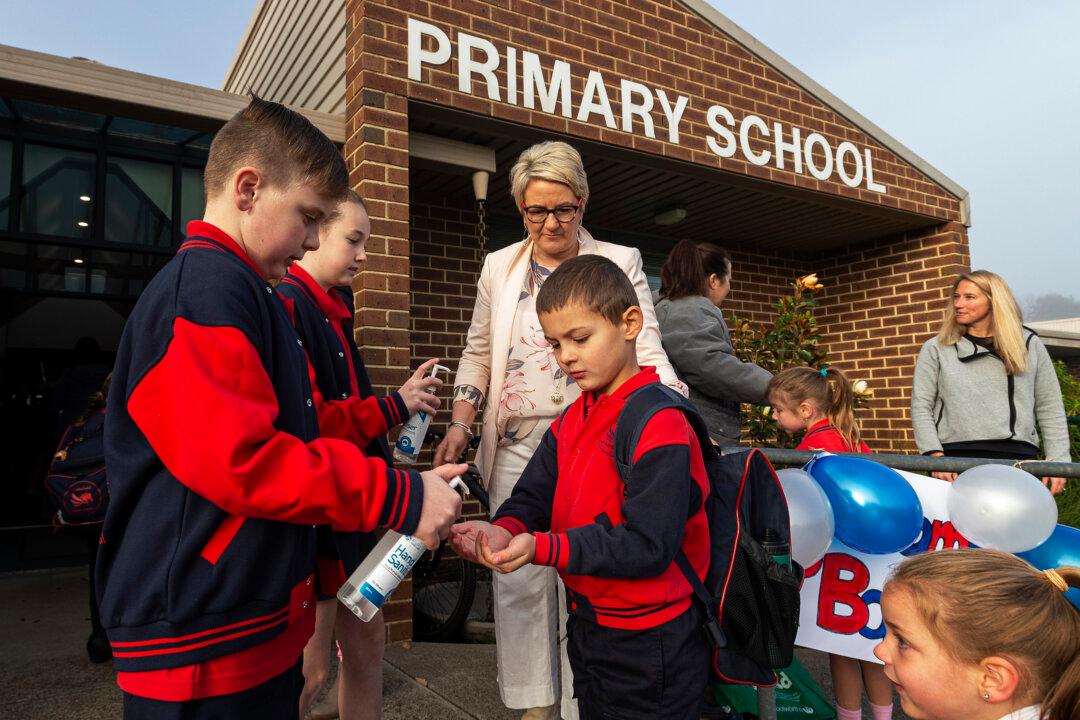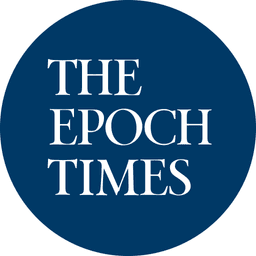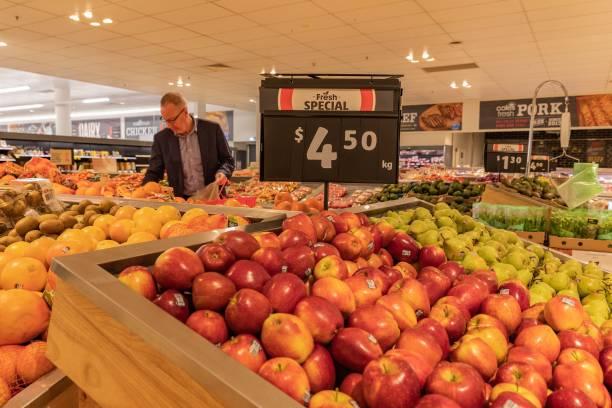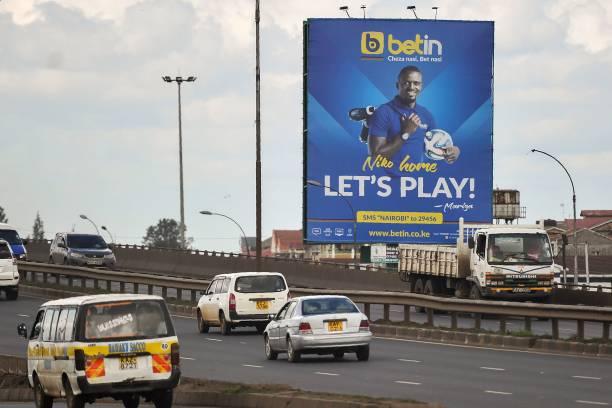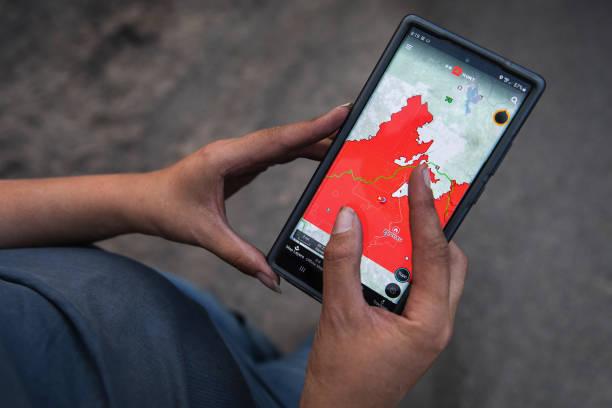Priorities are being placed on mental health and supporting student well-being as Victoria opens schooling up for the third time this year.
More than 584,000 primary, secondary, and specialist school students in Melbourne have returned to class as of Oct. 12, with over 846,000 students expected to be back by Oct 16.
